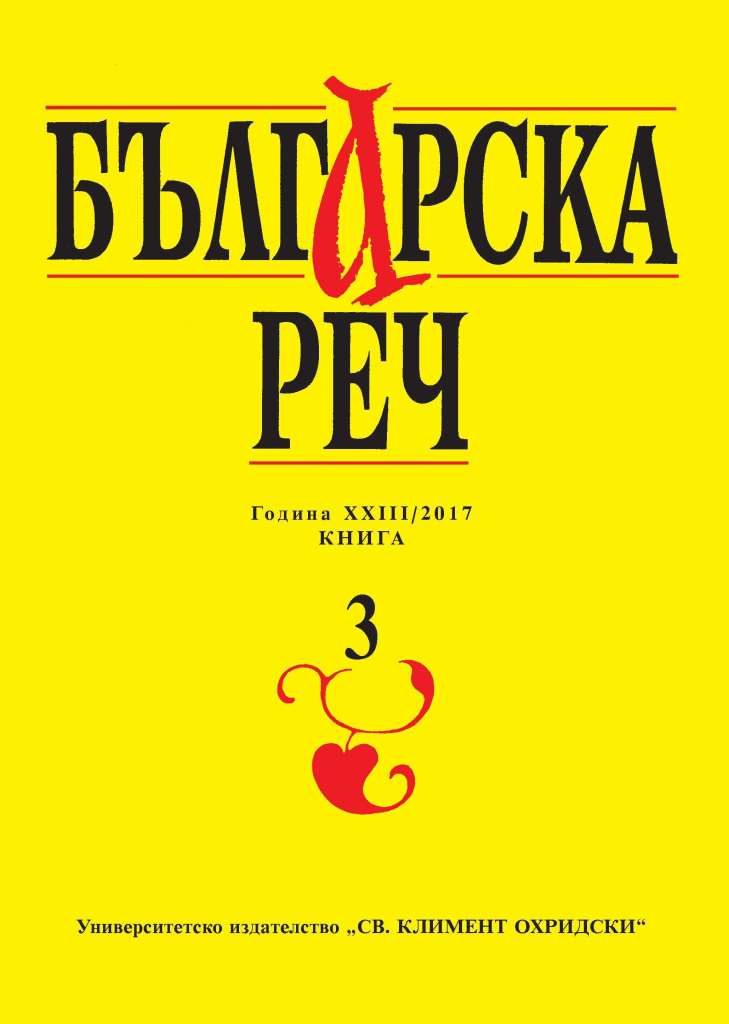За един апелатив към названията на богослужебни книги
On a certain appellative name in the titles of liturgical books
Author(s): Mariyana Tsibranska-KostovaSubject(s): Language studies, Language and Literature Studies, Theoretical Linguistics, Applied Linguistics, South Slavic Languages, Philology
Published by: Софийски университет »Св. Климент Охридски«
Keywords: scribe‘s notes in Medieval Slavonic manuscripts; historical lexicology
Summary/Abstract: The word комат was recorded since Middle Bulgarian period, namely since the 15th century onwards, in the meaning of piece, hunk, chunk, bit, fragment of some material substance – bread, soap, textile, even land, especially in the so-called 15th century Wallachian (or Wallachian-Slavonic) charters. This article focuses on the specific reference of комат to religious books according to some 15th –16th centuries scribe’s notes in South Slavonic and Moldavian manuscripts. The lexeme комат entered in contextual use to rename parts, or copies of manuscripts, the main proof being its combination in collocations with specific liturgical and religious terms – Menaion. Triodion, Nomokanon. The question whether or not in those cases комат always means a piece of another text integrity, or renames every written body regardless of its integrity, or piece-division, remains controversial. The article discusses as well some issues of how to translate in modern Bulgarian the given and all new discovered examples of the same contextual use.
Journal: Българска реч. Списание за езикознание и езикова култура
- Issue Year: 2017
- Issue No: 3
- Page Range: 107-113
- Page Count: 7
- Language: Bulgarian
- Content File-PDF

